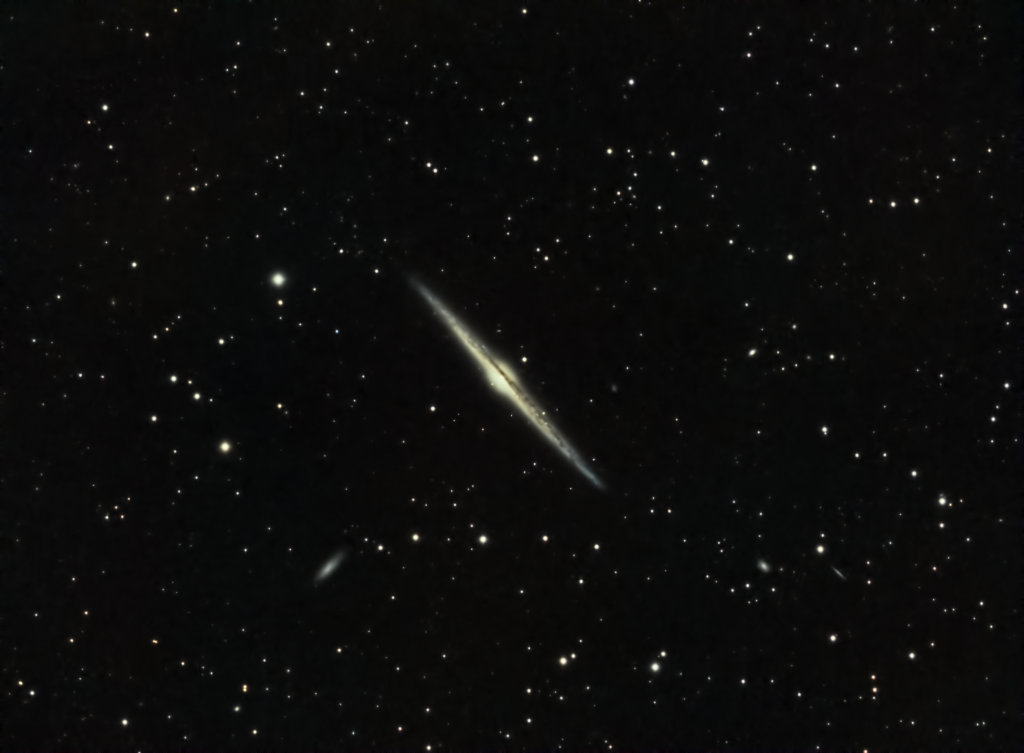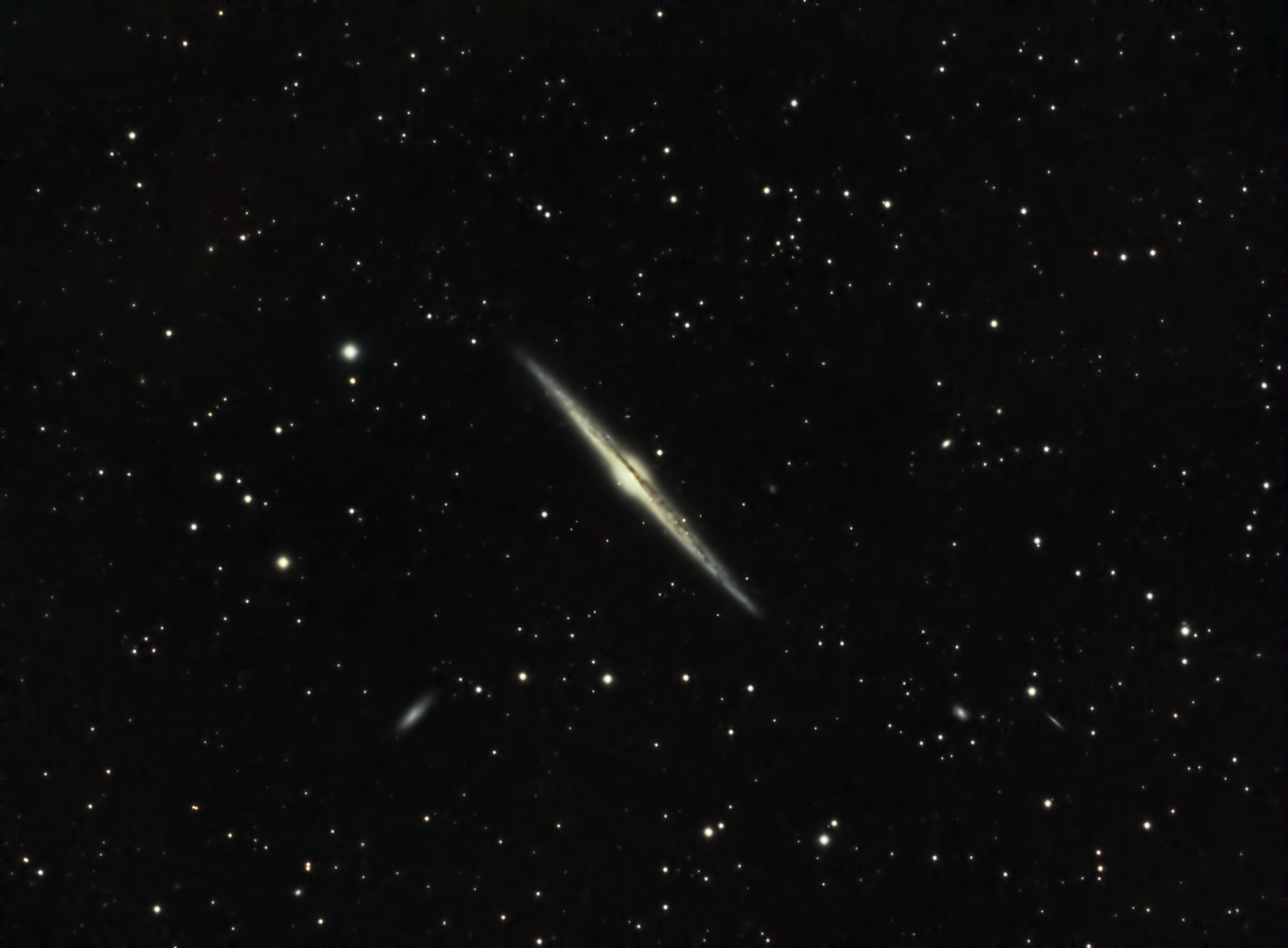
Similar Posts
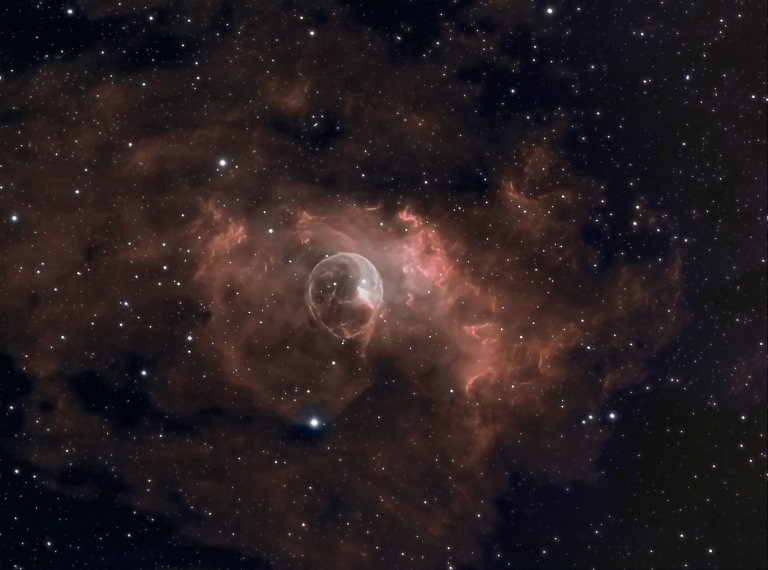
The Bubble Nebula
11 light years away, the “bubble” itself is formed from the solar wind of the large, hot star inside of it. Imaged with narrowband filters.
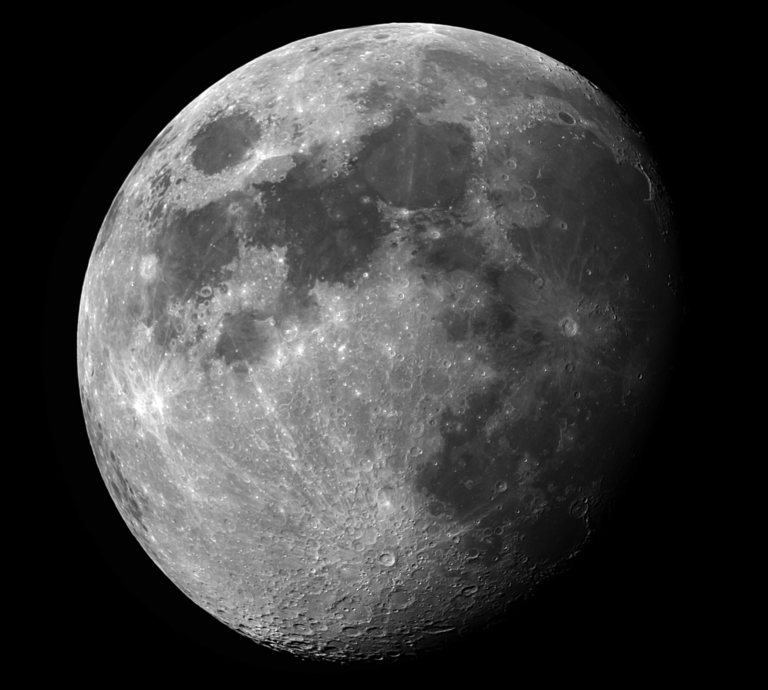
The Moon
Last weekend, I hosted an astrophotography workshop on lunar photography for our local astronomy club. Tonight the skies finally cleared, and I got to apply what was learned! Here’s our lunar neighbor, in hi-res glory.
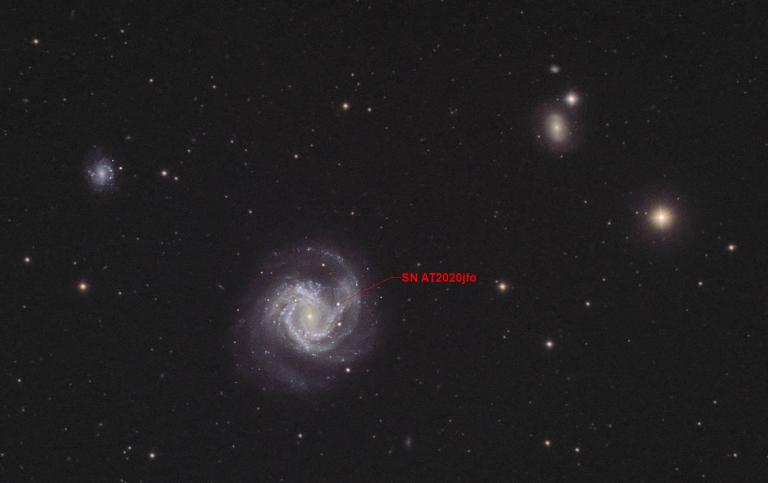
A Supernova 50 million light-years away!
Highlighted here is a recently discovered supernova in the galaxy M61, over 50 million light-years away! This exploding star outshines the entire core of its own galaxy, and many of the much closer stars seen within our Milky Way. The sheer power of this stellar explosion is unfathomable. It’s 50 million light-years away, which means…

The Hidden Galaxy
This is IC342, located about 10 million light-years away. If it were anywhere else in the sky, it would be visible to the naked eye – but it lies behind the disk of our Milky Way galaxy, obscuring the view. This image is the result of 22 hours of total exposure time to try and…
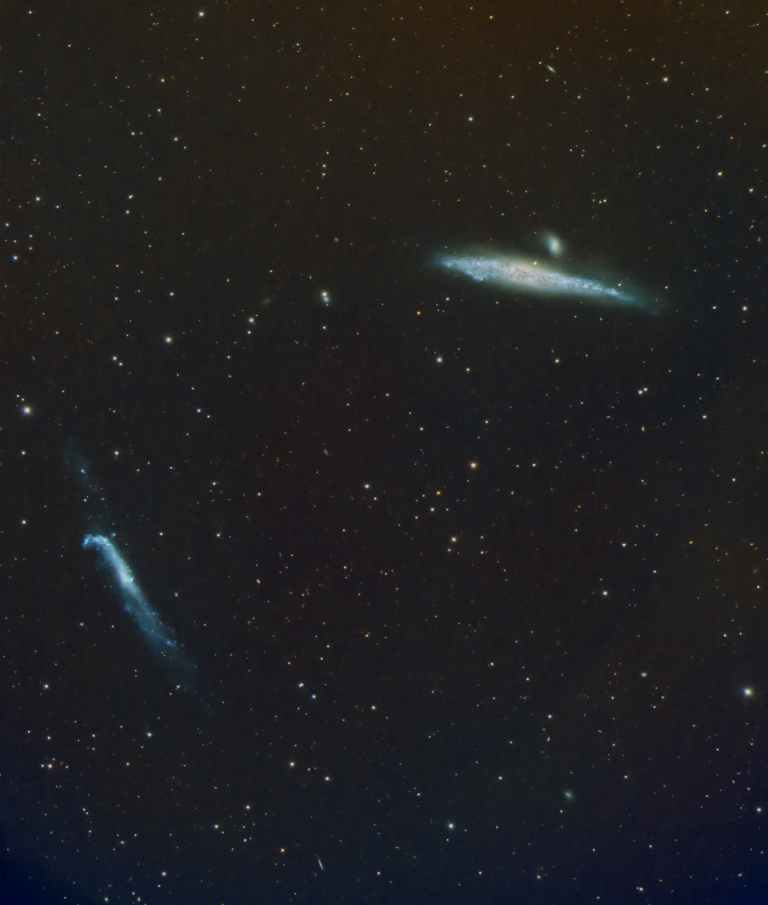
The Whale and the Hockey Stick
This pair of galaxies gets its name from their shapes. Both are viewed edge-on, and from this perspective we can see how a past interaction between the two warped them both. About 6 hours of exposure time from the backyard observatory.

A Celestial Fox (and cone, and Christmas tree…)
This image contains a few things! At the bottom is the Cone Nebula, at the upper-right is the “Fox Fur Nebula”, and in the middle is the “Christmas Tree” star cluster… you have to flip the image upside down to see that one. It’s a gorgeous region of active star formation in the constellation Monoceros….

